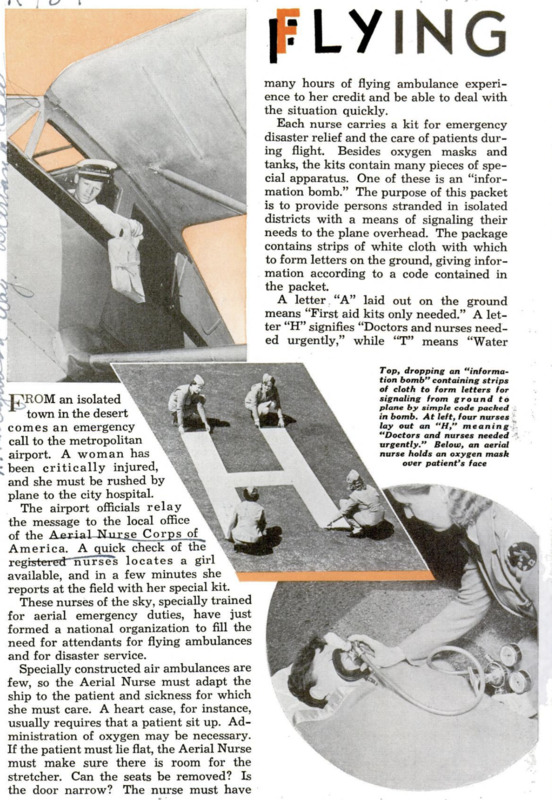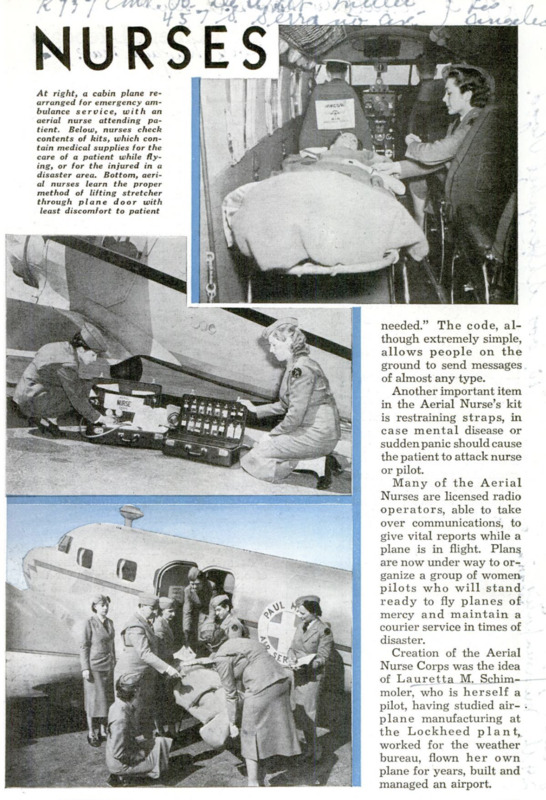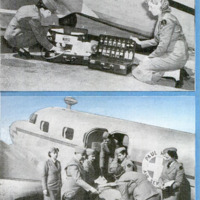Flying Nurses
Item
- Title (Dublin Core)
- Flying Nurses
- Article Title and/or Image Caption (Dublin Core)
- Flying Nurses
- Language (Dublin Core)
- eng
- Temporal Coverage (Dublin Core)
- World War II
- Date Issued (Dublin Core)
- 1940-10
- Is Part Of (Dublin Core)
-
 Popular Mechanics, v. 74, n. 4, 1940
Popular Mechanics, v. 74, n. 4, 1940
- pages (Bibliographic Ontology)
- 494-495
- Rights (Dublin Core)
- Public Domain (Google digitized)
- Source (Dublin Core)
- Google books
- Archived by (Dublin Core)
- Enrico Saonara
- Alberto Bordignon (Supervisor)
- Spatial Coverage (Dublin Core)
- United States of America







